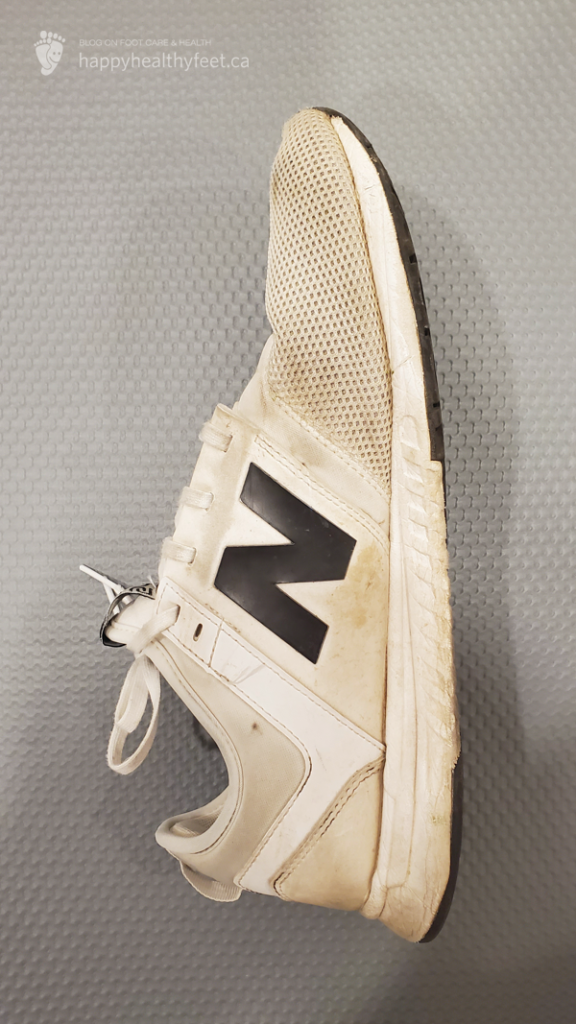As we approach the summer months, many of us will be switching up our indoor workouts to include outdoor running. However, a sudden transition to a high impact activity such as running can often lead to soft tissue and joint injuries that could take weeks or even months for you to recover from. One thing that often is the culprit to running-related injuries is footwear.
As a chiropodist, I often see patients who present with foot, ankle, knee and even hip injuries soon after they begin their outdoor running routines. Sometimes these injuries are pre-existing issues that become re-aggravated or new injuries that they have never experienced before. Part of my assessment involves a thorough discussion and examination of the footwear that the patient is using for running. Sometimes they are using shoes not designed for running, and at other times the shoes are worn out even though they may not show very visible signs of wear from the top. If you continue wearing the same footwear that you’ve been using indoors for months to the outdoors, you are putting yourself at risk for developing injuries.

Worn Out Gym Shoe 
600km Running Shoe 
Athletic Basketball Shoe
I wanted to highlight 3 common mistakes that I see people make when it comes to their outdoor running footwear:
- Not replacing your shoes when it is time to do so. More often than not, patients show me running shoes that are uneven with worn-out heels and fabric that has deformed. If the material at the bottom of the shoe is worn out, that means that you are no longer getting the cushioning and support benefits of the shoe. If your runners look like this, it is time to replace them.
- If you have ran more than 500-800 km in your current runners, it may be time to consider getting a new pair. Running is a high impact activity and with each step, you are putting 3x your body weight on the shoe. If you are feeling the impact of each step while you run, that means the cushioning material has deteriorated. The type of surface you run on also impacts the shoe wear.
- Only run in your running shoes. Avoid using non-running shoes for running, or using your runners for activities such as walking or doing errands. Running shoes can be expensive and the extra features of a running shoe, such as cushioning, are not needed when you are just walking. Wearing your runners for running only will extend the life of your shoes, and prevent injury.

Deteriorated Foam Cushioning 
600km Treadmill Sole Wear
In the second photo above (orange sole), you can see signs of a worn out sole at the heel and ball of the foot even though the top of the shoe may still appear normal. It is important to listen to your feet and keep an eye on the wear of your shoes – it will keep you running and prevent injuries.
Choosing the right running footwear for your foot type and running style can sometimes be overwhelming and a challenge. Stay tuned for a future post where I will break down some main features you will want to consider if you are having trouble finding the right pair of runners for yourself! Happy running!






No Comments